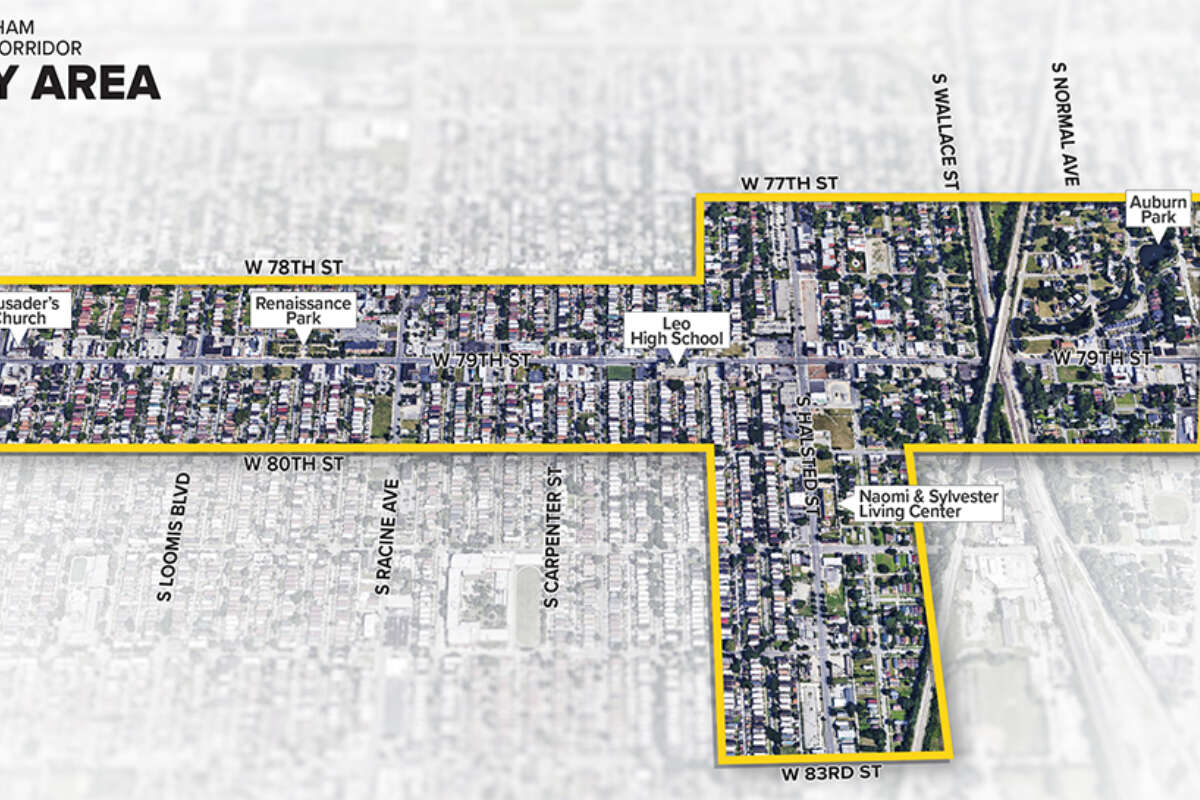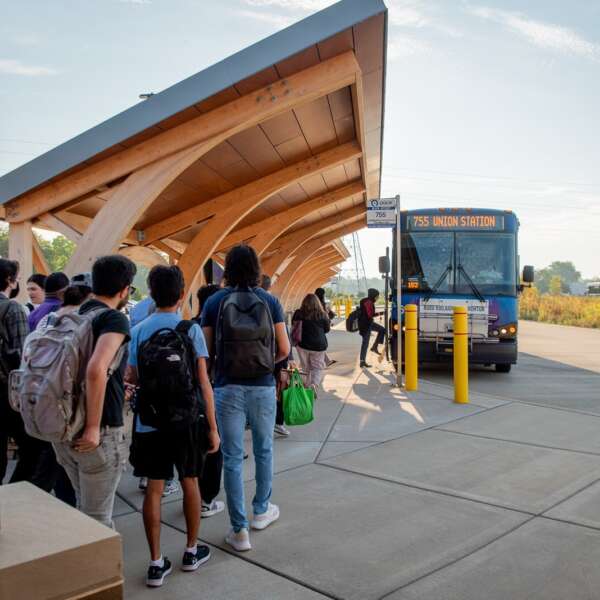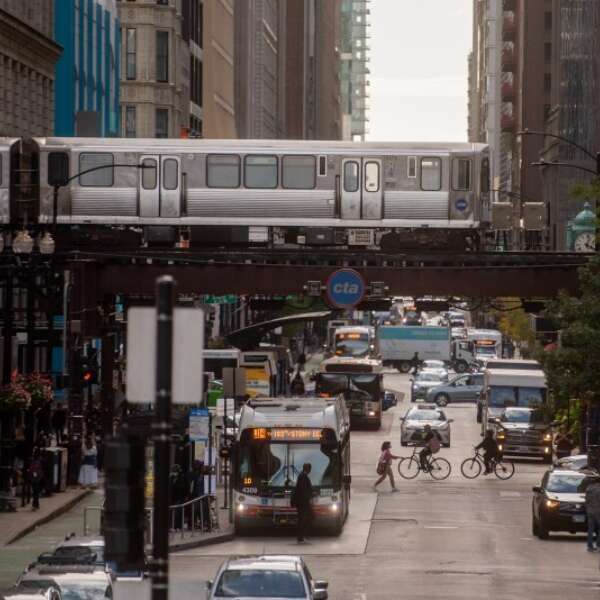RTA embarks on 79th Street Corridor Plan for Auburn Gresham, emphasizing community engagement
June 13, 2022
June 13, 2022

The RTA, in partnership with the City of Chicago’s Department of Planning and Development, is working with the Auburn Gresham community on a 79th Street Corridor Plan between South Vincennes Avenue and South Ashland Avenue. A secondary study area will include a portion of the South Halsted Street corridor from South 77th Street to South 83rd Street. The plan will focus on ways to strengthen community land use, housing, office/retail, open space, and connectivity to transit along West 79th Street and adjacent blocks. The public planning process will produce a document with implementation items based on public engagement, a transportation/mobility analysis, and a housing and office/retail market analysis. The study will also focus on corridor development, including land use, street design recommendations, and urban design guidelines. The plan is scheduled to be completed by the end of 2023.
The result will be a community-led vision for the future of the corridor that builds on multiple initiatives already underway, including:
Subscribe to our Newsletter
Related Articles
 For the third year in a row, regional transit ridership was up by double-digits in 2024
For the third year in a row, regional transit ridership was up by double-digits in 2024
Ridership across the Chicago region’s transit system continued to increase throughout 2024, according to the latest data from CTA, Metra, and Pace. The regio...
January 28, 2025 RTA is seeking $1.5 billion in annual operating funding. What would that mean for your commute?
RTA is seeking $1.5 billion in annual operating funding. What would that mean for your commute?
On January 15, RTA released Transforming Transit, a vision for the regional transit system with $1.5 billion in annual operating funding supported by a stron...
January 28, 2025 RTA proposes reforms to increase efficiency, transparency, and accountability across transit system
RTA proposes reforms to increase efficiency, transparency, and accountability across transit system
RTA is proposing a historic restructuring of the region’s transit governance to maximize the impact of new operating funding and ensure all riders experience...
January 24, 2025 What Chicago can learn from Philadelphia as the transit fiscal cliff approaches
What Chicago can learn from Philadelphia as the transit fiscal cliff approaches
Beginning in 2026, Chicago’s regional transit system faces a projected $770 million annual budget gap. At nearly 20% of the annual operating budget, this gap...
January 23, 2025 2024 recap: RTA brings 8 Transit Station Activations throughout region as part of pilot program
2024 recap: RTA brings 8 Transit Station Activations throughout region as part of pilot program
In spring 2024, RTA announced more than $120,000 in funding for eight Transit Station Activation projects as part of a pilot program with the goal of improvi...
January 9, 2025 Village of La Grange adopts comprehensive plan calling for more density near transit
Village of La Grange adopts comprehensive plan calling for more density near transit
In November, the Village of La Grange voted to adopt La Grange Forward, a comprehensive plan developed as part of the RTA’s Community Planning program. The d...
January 7, 2025